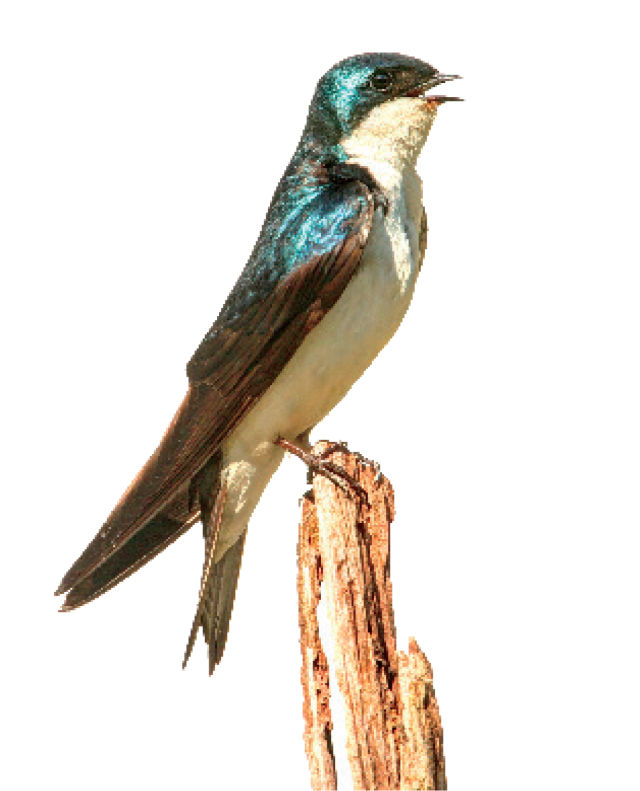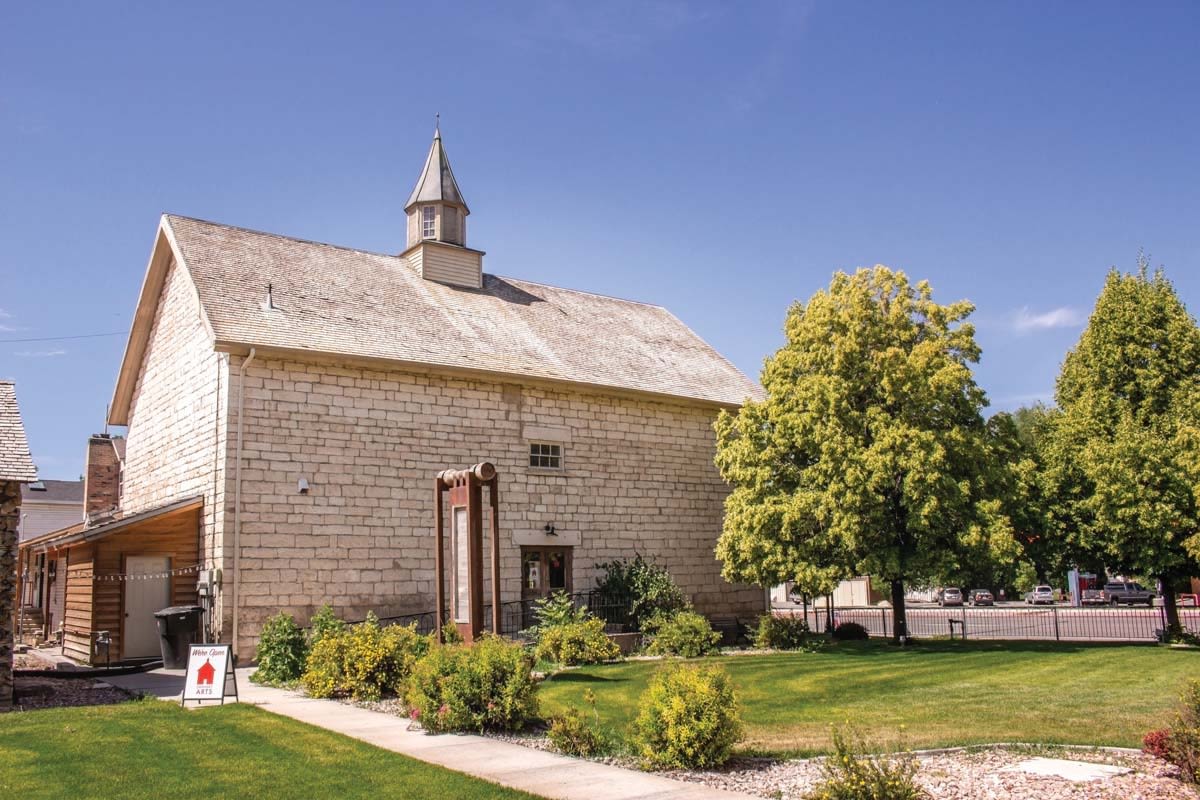The Little Bird Is Amazing

Tree Swallow (tachycineta bicolor)
Image: Martha Marks
Every spring, countless swallows navigate a perilous, thousands-of-miles journey to Park City. “Swallows in Utah migrate to Central and South America for our winter months,” explains Kenny Frisch, a Utah bird expert.
The birds arriving back here in April are exhausted but full of purpose. Taking little time to rest, they immediately begin building nests and laying eggs. With unquenchable appetites, swallows eat their weight each day in mosquitoes. And when their young hatch, the amount of pests consumed multiplies exponentially.
Just as is the case for all living things, food in eventually results in food out and can amount to a lot of droppings beneath nests. To make cleanup easier, tape plastic to the ground under nest sites, which can be easily rolled up and disposed of after the baby swallows have fledged.
Though some people view swallows as pests, they are a vital part of our greater ecosystem, a fact recognized by the federal government since passage of the Migratory Bird Treaty Act in 1918, which made it illegal to harm active nest sites, eggs, babies, and the birds themselves. The consequences of breaking this law can be steep: a $15,000 fine and a six-month jail term.
State birders speculate that swallows leave Park City by August, but they are typically observed here—adding color, music, and pest control to the landscape—until October.



































